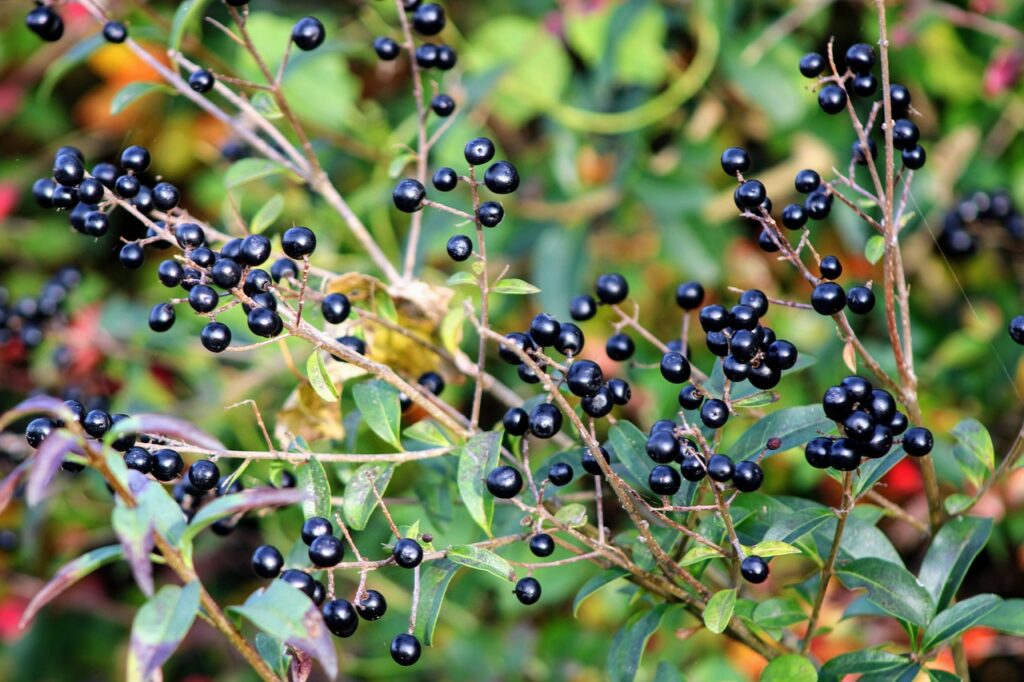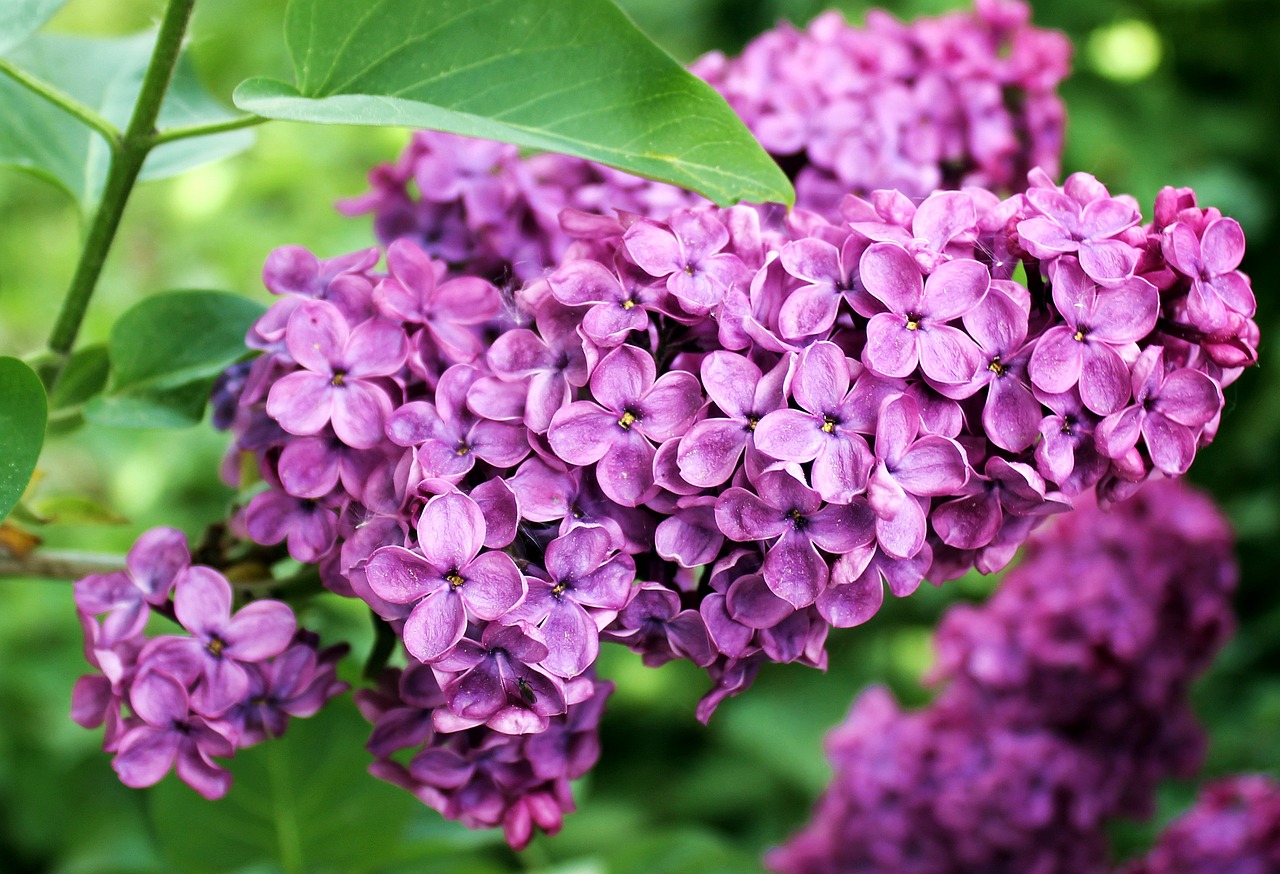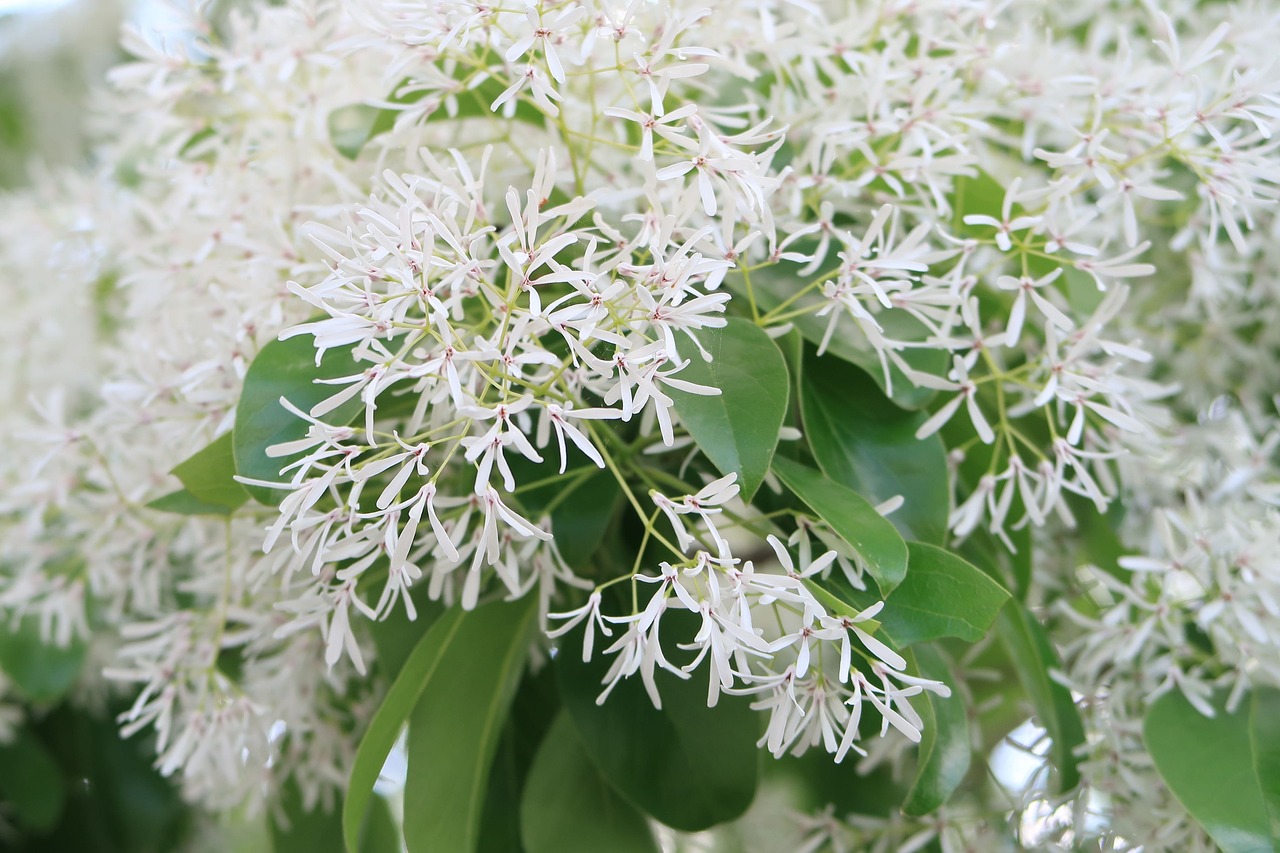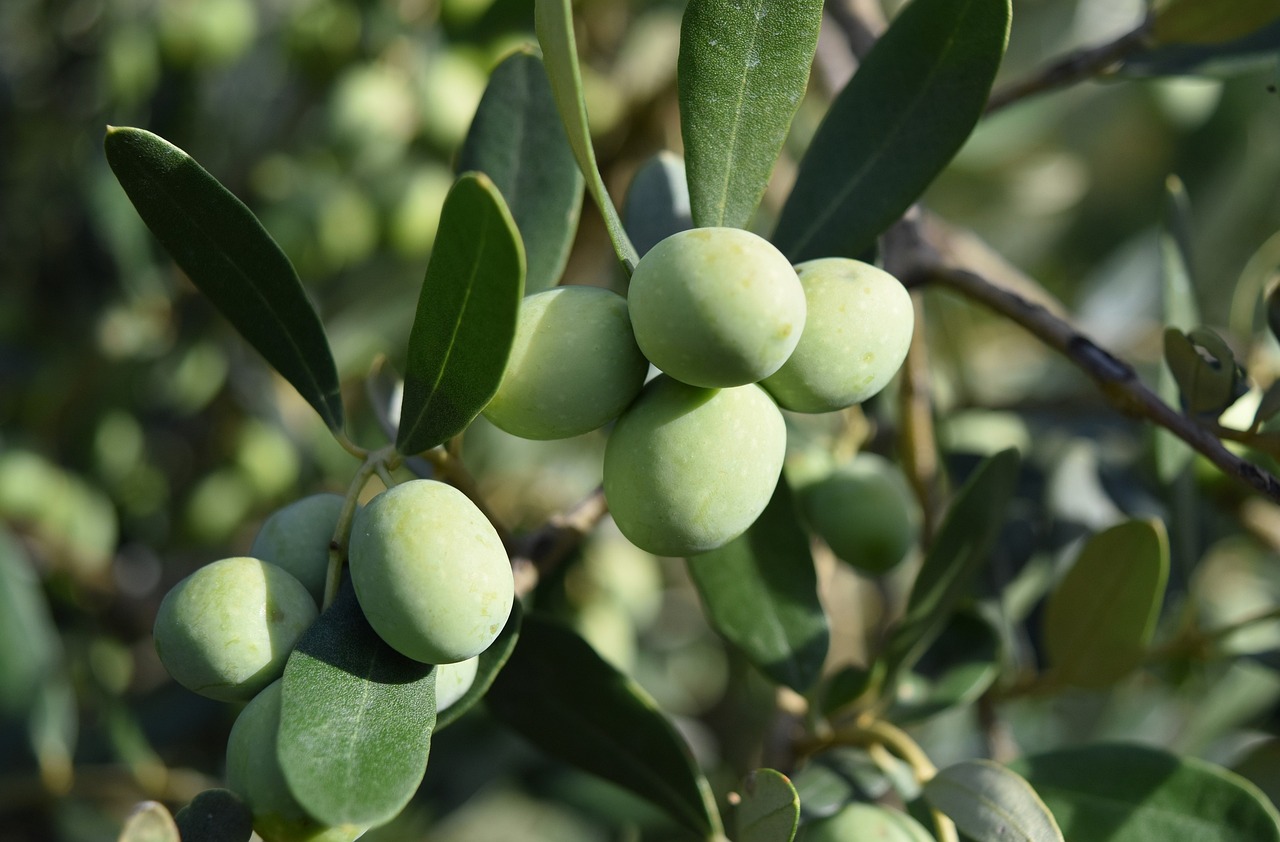European Privet: Features and Care

European privet is a deciduous or semi-evergreen shrub known for its small white flowers and dark purple berries. Native to Europe and parts of Asia, it has long been valued as a hedge or garden plant. With its modest charm and year-round structure, it continues to be a staple in many landscapes.
This article explores the basic facts, cultural significance, historical background, and care tips for European privet.
Basic Information
- Scientific name: Ligustrum vulgare
- Family: Oleaceae (Olive family)
- Origin: Europe, North Africa, Western Asia
- Appearance: Small white flowers bloom in early summer in clustered formations. In autumn, it bears dark purple berries. The glossy, opposite leaves are oval-shaped. Depending on the region, it can be deciduous or semi-evergreen.
- Blooming season: June to July
- Fruiting season: Autumn
Cultural Significance Around the World
European privet has been cultivated across Europe for centuries, particularly as a hedge. In Britain and France, it is appreciated for its neat form and dense foliage, which help define garden boundaries with elegance.
Its modest flowers and seasonal berries are often found in monastery or church gardens, where the plant symbolizes the passage of time. In countries like Germany and Austria, the remaining berries on bare branches in winter are cherished as signs of seasonal change.
In the United States, the plant is widely used for city landscaping and is appreciated in wildlife-friendly gardens for its hardiness and natural look.
Historical Background

European privet has a documented history going back to the Roman Empire, where it was used for windbreaks and privacy hedges. As Roman influence expanded across Europe, so did the cultivation of this hardy shrub.
In the Middle Ages, it was commonly grown in monastic and village gardens due to its ease of maintenance and tolerance for pruning. By the 18th century, it had become a standard feature in formal British gardens.
In the 19th century, it was introduced to North America and soon adopted for parks and suburban developments. Its combination of ornamental and practical features continues to make it a popular choice today.
Gardening Tips
European privet is relatively easy to care for and can be used in a variety of garden settings. To maintain its attractive appearance, consider the following care points:
Sunlight
Prefers full sun but also grows well in partial shade. Sufficient sunlight encourages denser foliage and better flowering.
Watering
Once established in the ground, it requires little supplemental watering. For potted plants, water thoroughly when the top layer of soil feels dry. Avoid excessive moisture.
Soil
Well-drained soil is ideal. If the soil is heavy or clay-like, mix in compost or sand to improve drainage.
Fertilizer
Needs only minimal feeding. Apply a small amount of slow-release fertilizer in early spring to support healthy growth.
Pruning
Responds well to pruning and is easy to shape. Light trimming in spring and autumn helps maintain a neat and balanced form.
Cold resistance
Tolerant of cold weather. In colder climates, mulching around the base of the plant in winter can help protect the roots.
Conclusion
European privet is a shrub that brings subtle seasonal charm with its white blossoms and dark berries.
Long used in European gardens, especially as hedging, it provides structure and harmony to various landscapes. With a history tracing back to ancient Rome, it has maintained its popularity across regions and eras.
Its adaptability to sun, soil, and pruning makes it a flexible choice for garden design. Whether in classic or natural-style gardens, it remains a plant that supports both aesthetics and function.




